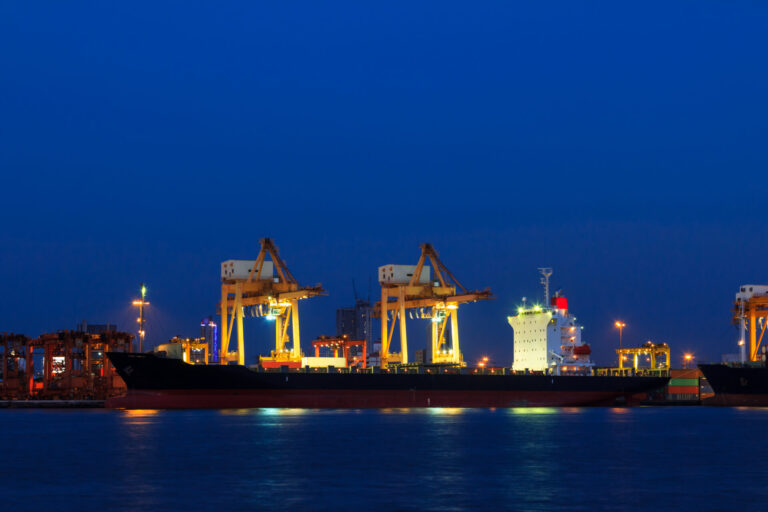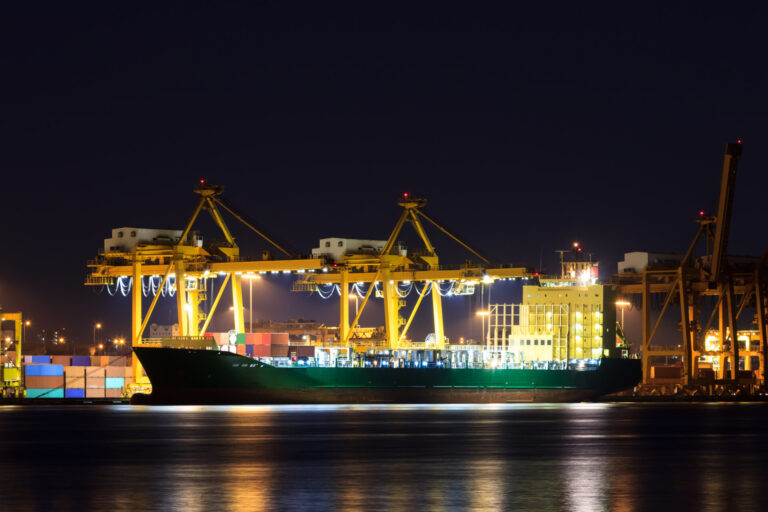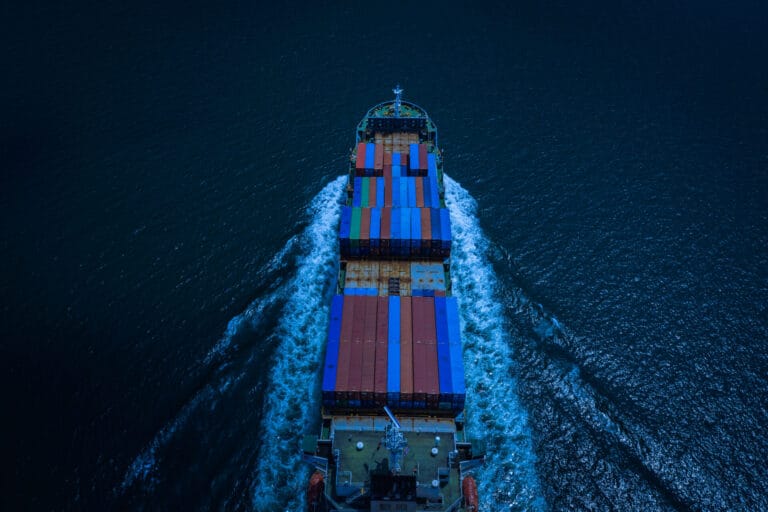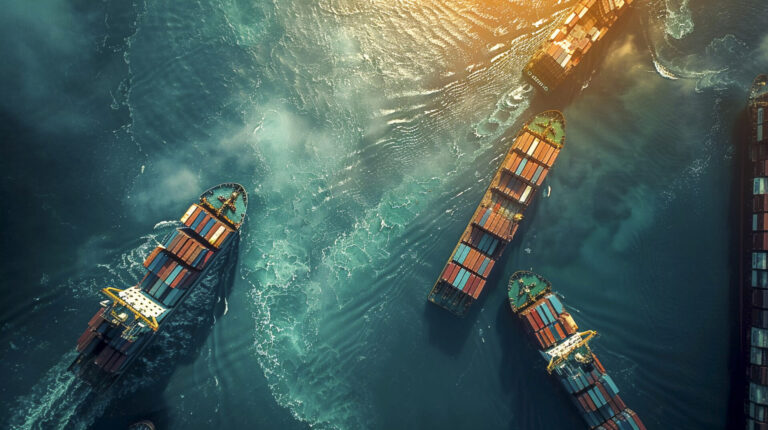What Is Ocean Freight
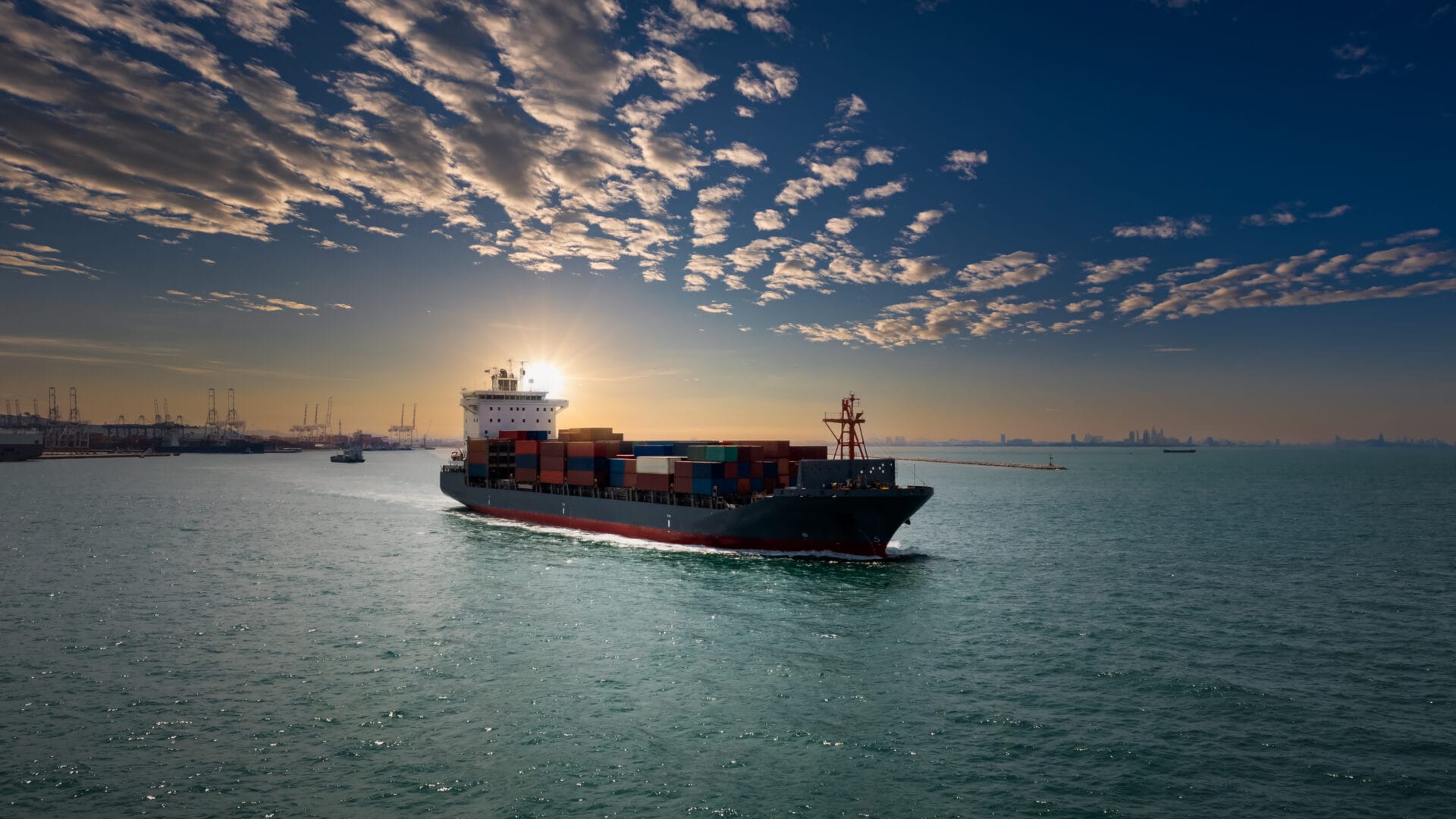
Ocean freight, also called sea freight, is the method of transporting goods and materials through shipping containers (20ft to 40ft in length and 8ft in width) across large distances, such as continents by sea.
About 80% of global trade is carried out by ocean freight, making it an indispensable part of international trade and the global economy.
The process begins with booking cargo space on a vessel (cargo ship, container ship, oil tanker) designed for transporting goods and materials from one place to another, followed by packing and containerization.
After being cleared for export, the goods are loaded onto the vessels at the respective port. Upon arrival at the intended destination port and undergoing the customs formalities, the goods are unloaded and delivered to the final owner, completing the supply chain process efficiently.
But, just like every trade process faces its share of challenges, ocean freight is no exception.
Common issues such as costs (fuel, taxes, tariffs), visibility, and control over shipments between shippers, sellers, exporters, consignees, importers, buyers, and freight forwarders can further complicate the logistics operations. One of the primary concerns in ocean freight is the ocean freight charges, which include various fees related to shipping, port handling, and delivery. Understanding these charges is crucial for businesses to manage costs effectively and ensure smooth operations across global trade routes.
To address these challenges, platforms like Galaxefi provide access to real-time tracking shipment tracking and management, helping users overcome logistical hurdles, streamline their operations, and deliver goods on time, regardless of the complexities involved.
Learn about the core benefits of using the Galexifi platform and witness how this platform has evolved into a complete and reliable Port Community System.
Common ocean freight terms
Let’s look at some of the ocean freight terms commonly used within the shipping or transportation industry.
Bill of Lading (B/L): An important title document or receipt confirming the goods and details of the shipment.
Container: Large metal boxes that come in various sizes (20-foot or 40-foot lengths) and are fundamental for shipping goods.
Freight forwarder: Logistics support, guide, or one-stop platform such as Galaxefi, which ensures streamlined transportation processes and enables end-to-end supply chain visibility from seller to buyer.
Incoterms (International Commercial Terms): Standardized terms, rules, or contracts that define roles and responsibilities related to shipping, risk, and cost for buyers and sellers.
Less than Container Load (LCL): Indicating that the goods, items, or materials do not fill the container for shipment.
Full Container Load (FCL): Indicates that an entire container of goods, items, or material is from a single shipper.
Demurrage and Detention: Charges or fees imposed for keeping containers beyond the allowed free time. These are additional charges over the ocean freight rates.
Free on Board (FOB): This term specifics that the buyer assumes all the risks associated with the transportation of the cargo after the goods are loaded onto the vessel.
Port of Discharge (POD): This is the designated port where cargo is unloaded from a vessel.
Routing: The path a shipment will take from its origin to its destination, including any intermediate ports.
Tariff: Fixed cost structure, charges, and rules that carriers apply to maritime cargo in return for their transportation services.
Vessel: A ship or large boat used for transporting cargo across oceans.
Pros and Cons of Ocean Freight
Let’s look into some of the pros and cons of ocean freight.
Pros
Greater shipping capacity: Ideal for accommodating large, bulk, and heavy cargo shipments compared to other transport methods.
Cost-effective: Large or bulk quantity shipments lead to a lower cost per unit compared to air or road shipments. Companies like Galaxefi ensure economical trade processes and charges by providing customized shipping solutions that fit diverse business needs.
Fewer restrictions: Supports flexibility in terms of diverse cargo, including liquids, dry goods, refrigerated items, and hazardous materials, compared to other modes of transportation. This allows ocean freight to explore various markets and cater to unique customer needs.
Cons
Extended transit duration: Less suitable for urgent or time-sensitive shipments as it significantly takes longer than air transportation based on factors such as the chosen shipping route, distance, and weather conditions.
Increased risk: Cargo is more susceptible to mishandling, misplaced, theft, or damage, especially during long transit times.
Overall, ocean freight can be an excellent choice for international shipping, but only under suitable conditions, as uncertainties can hinder the process.
Consider reliable and technology-driven ocean freight services if you are transporting large or bulky quantities of cargo with flexible delivery dates and operation, as well as easier, efficient, and cost-effective shipping options.

